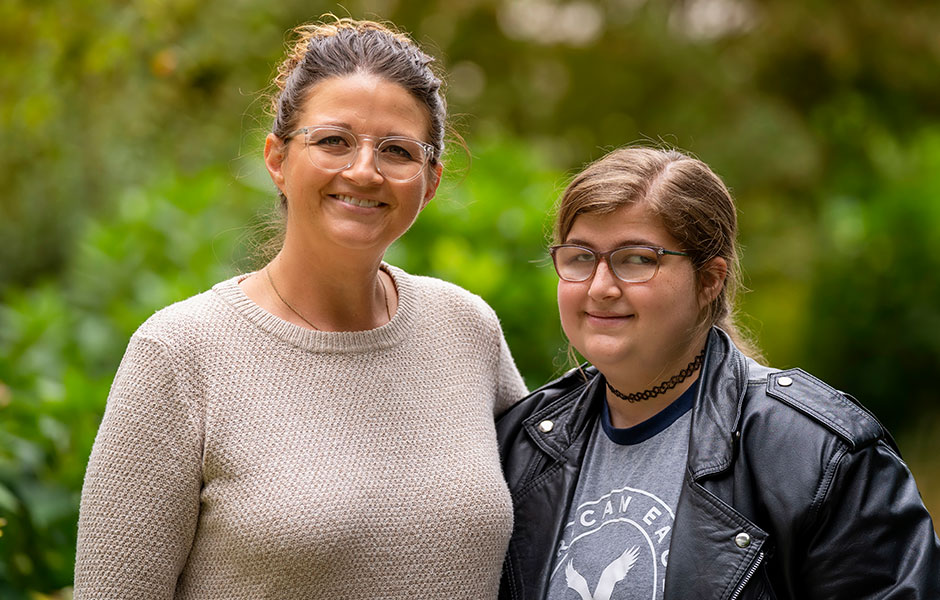Living Donations for Transplantation
Living Donations for Transplantation
The Nemours Children’s Transplant Team regularly evaluates and performs living donations for liver and kidney transplantations. The team has extensive experience in utilizing living donations to quickly and safely transplant pediatric liver and kidney transplant patients. By working with Thomas Jefferson University Hospital to evaluate adult living donors, our team can provide the best possible outcomes for both living donors and patients.
If you are interested in being a living liver or kidney donor, please fill out the form below.
Living Donor Requirements

Any member of the family, parent, sibling, child, spouse or a friend can donate their liver or kidney. Generally, donors must:
- Be at least 18 years old
- Be in excellent health
- Have a compatible blood type
- Be a nonsmoker for several weeks before surgery
- No recent history of alcohol and/or drug abuse
- Understand the procedure and its risks
- Undergo a social service and psychological evaluation
The first step to becoming a living donor is to contact our Advanced Practice Providers to discuss an evaluation using the form below.
Related Specialties and Programs
Maddie’s Story
When Maddie needed a new kidney, her loving Aunt Julie made a heartfelt decision. Together with the Nemours Children’s Transplant team, Maddie’s family worked to ensure she received the amazing care that she needed.
Living Donor Process

If you are interested in becoming a living donor, you will meet with our Advanced Practice Providers for a complete medical evaluation to check for any existing health problems and to ensure that you are a match for the patient. We may also perform blood tests, a physical exam, radiology exams and/or a liver or kidney biopsy.
In a living donor liver transplant, the donor's liver is split into two parts: one part is removed for the transplant and the remaining liver will begin to heal and grow new tissue. The part of the liver that is removed is then transplanted into the recipient. It takes approximately six to eight weeks for the majority of the liver to grow back to normal size. The recovery time is typically eight weeks.
In a living donor kidney transplant, a kidney is removed from a live donor and placed into a recipient whose kidneys no longer function properly; only one donated kidney is needed to replace two failed kidneys. Those who choose to become living donors have the same life expectancy rate and the same quality of life as those who have never donated a kidney.
Benefits of Being a Living Donor
Our team collaborates with Thomas Jefferson University Hospital’s Transplant Institute to evaluate adult living donor candidates, allowing adult donors to get the best care possible. It also allows us to perform the living donor operation at Nemours Children’s Hospital, Delaware, so it can be promptly transplanted into the patient.
While donating a portion of the liver or a kidney poses risks to the donor, it can enable those in need of transplants to receive new organs much sooner. Earlier transplantation prevents those with liver and kidney disease from reaching the point of severe illness. It also makes these individuals stronger candidates for transplant surgery, helping to further improve outcomes. Half of all our pediatric liver and kidney transplants come from live donors.


